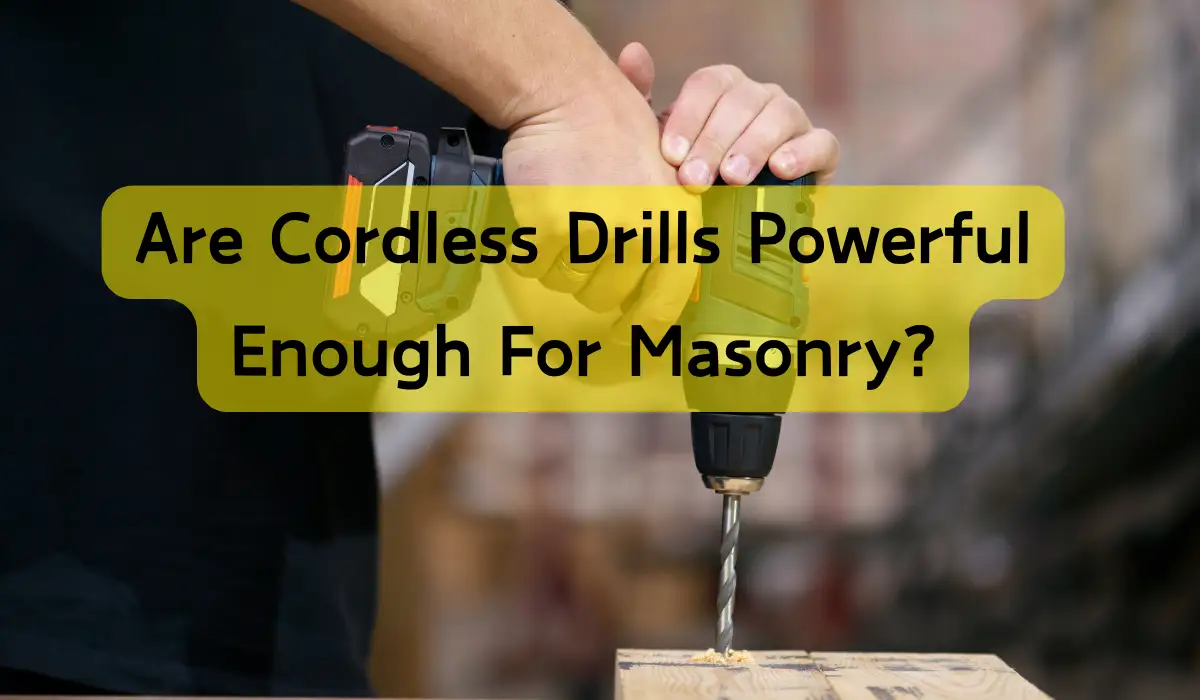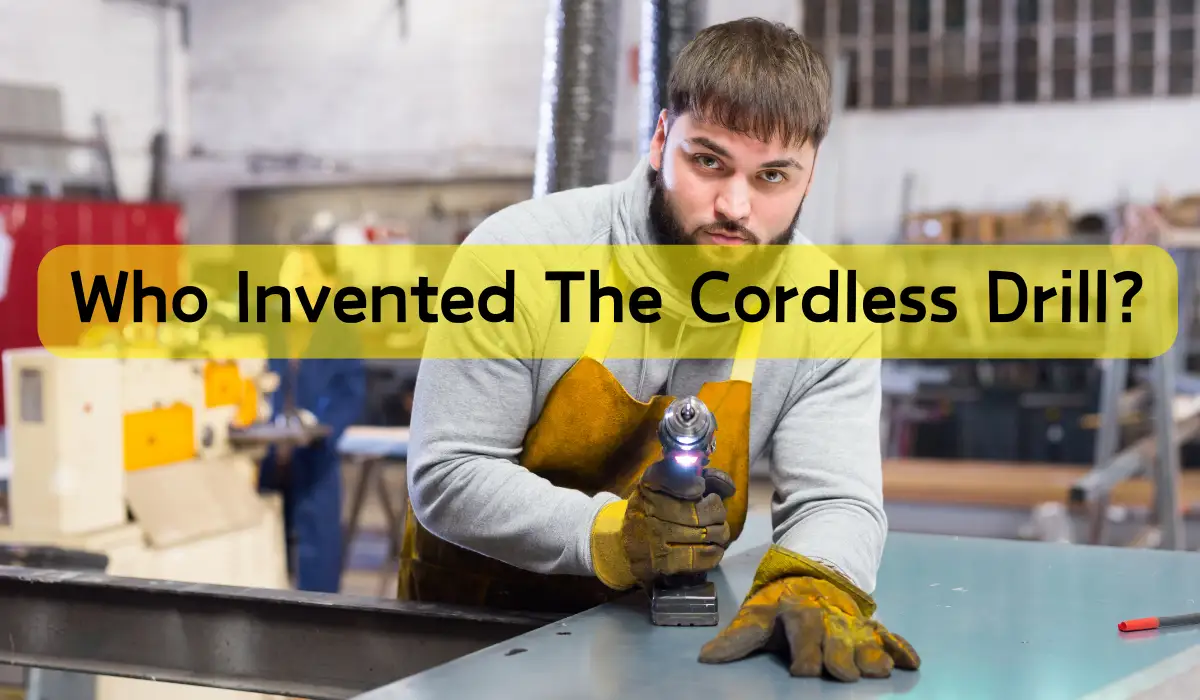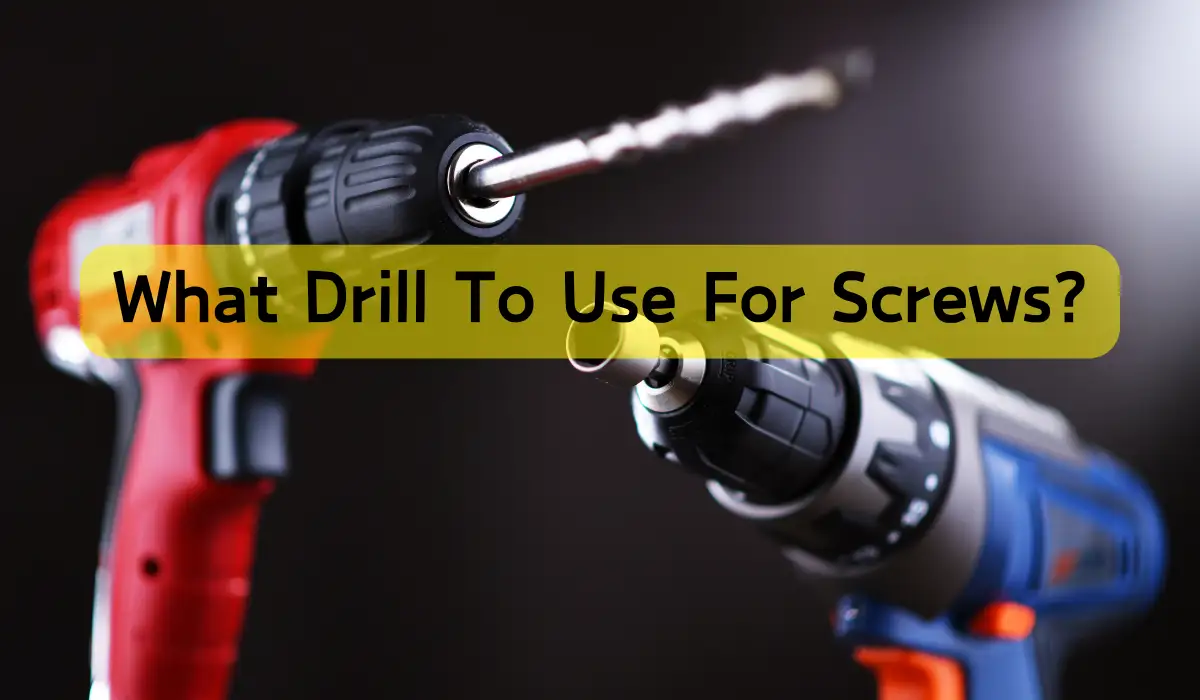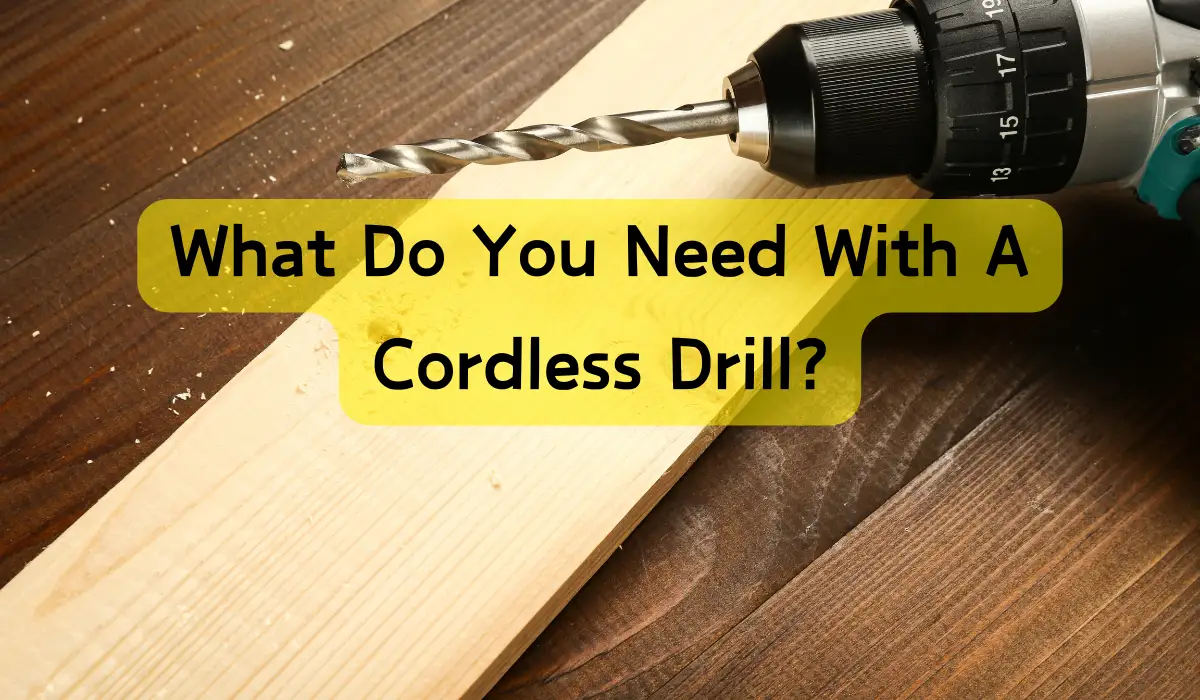You can tackle demanding masonry tasks with a cordless drill, but only if it packs enough power, specifically a minimum of 18V or 500W, to handle dense materials like concrete and brick. Look for a drill with a higher wattage or voltage rating to tackle tougher masonry tasks. Brushless motors and advanced battery technology have made cordless drills more capable for masonry work. For successful drilling, you must choose the right drill bit and adjust your speed and torque accordingly. Now that you’ve got the power, it’s time to fine-tune your masonry skills – and we’re just getting started.
Jump to
Key Takeaways
• A cordless drill with at least 18V or 500W power output is suitable for masonry work, handling dense materials like concrete and brick.
• Brushless motors in cordless drills provide more power, longer motor life, and energy efficiency, making them ideal for demanding masonry tasks.
• High-capacity lithium-ion batteries and advancements in charging technology enable cordless drills to deliver the power and runtime needed for masonry projects.
• Cordless drills with high torque and robust motors can tackle tough masonry tasks, but may experience power fluctuations and require battery maintenance.
• While cordless drills are suitable for smaller masonry projects or tight spaces, corded drills are often preferred for heavy-duty masonry work that requires continuous power.
Cordless Drill Power Output
When choosing a cordless drill for masonry, you need to weigh the drill’s power output, measured in watts (W) or volts (V), as it directly affects the drill’s ability to penetrate tough masonry materials.
A higher power output guarantees the drill can handle dense materials like concrete and brick. Typically, a drill with a higher wattage or voltage rating can tackle tougher masonry tasks.
For masonry work, look for a drill with a power output of at least 18V or 500W. This will provide the necessary power to drill through concrete, brick, and block.
If you’re working with softer materials like ceramic or tile, a lower power output may suffice. However, for heavy-duty masonry work, a high-power drill is essential.
Be sure to examine the drill’s power output and adjust your expectations accordingly. Remember, a drill’s power output is just one factor to take into account when choosing the right tool for the job.
Masonry Drilling Challenges
Drilling into masonry materials can be a formidable task, as you’ll encounter challenges that can slow down your progress and test your drill’s capabilities. The dense and hard nature of materials like concrete, brick, and stone makes them difficult to penetrate. You’ll need to contend with high torque and pressure to break through these materials, which can put a strain on your drill.
| Challenge | Impact on Drilling |
|---|---|
| High torque resistance | Slows down drilling speed |
| Hard material density | Increases drill bit wear |
| Dust and debris buildup | Clogs drill bits and reduces visibility |
| Vibration and kickback | Affects drilling control and safety |
| Heat buildup | Reduces drill motor lifespan |
These challenges can lead to slower drilling speeds, increased drill bit wear, and reduced motor lifespan. As you tackle masonry projects, bear in mind these challenges and choose a drill that’s up to the task. By understanding the unique demands of masonry drilling, you can select the right tools and techniques to overcome these obstacles and achieve successful outcomes.
Battery Technology Advancements
Advances in battery technology have revolutionized cordless drills, enabling you to tackle demanding masonry projects with confidence.
You can now rely on your cordless drill to deliver the power and runtime you need to get the job done.
One significant advancement is the development of high-capacity lithium-ion batteries.
These batteries provide more power and longer runtime, making them ideal for masonry applications.
Additionally, advancements in charging technology have reduced charging times, allowing you to get back to work quickly.
You’ll also appreciate the improved battery management systems, which help prevent overheating and extend the life of your batteries.
With these advancements, you can focus on the task at hand, rather than worrying about your drill’s power and runtime.
This means you can drill into concrete, brick, or block with confidence, knowing your cordless drill has the power to handle the task.
Brushless Motor Benefits
You’ll also appreciate the efficiency and reliability of brushless motors, which provide more power and longer motor life, making them ideal for demanding masonry applications.
With a brushless motor, you’ll experience reduced heat buildup, which means less wear and tear on the motor. This results in a longer lifespan and reduced maintenance needs.
Additionally, brushless motors are more energy-efficient, converting more of the battery’s power into drilling energy. This means you’ll get more work done on a single charge, reducing downtime and increasing productivity.
Another significant advantage of brushless motors is their ability to adjust speed and torque according to the task at hand. This guarantees you have the right amount of power for the specific masonry task, reducing the risk of damage to the material or the drill itself.
Drill Bit Selection Matters
When tackling masonry projects, selecting the right drill bit is essential to achieving superior results, as it directly impacts the quality and efficiency of your work.
You’ll want to choose a bit that’s specifically designed for masonry, as they’re built to withstand the rigors of drilling through hard, abrasive materials like concrete, brick, and stone.
Look for bits with tungsten carbide tips, which are incredibly durable and resistant to wear.
These bits are also designed with a unique geometry that helps to reduce heat buildup and prevent bit breakage.
Additionally, consider using bits with a specialized coating, such as titanium nitride or diamond-coated bits, which can improve drilling speed and reduce friction.
Speed and Torque Requirements
With the right drill bit in hand, you’re ready to tackle masonry projects, but don’t forget to take into account the drill itself, as its speed and torque capabilities will substantially impact your drilling efficiency and results.
When it comes to drilling into masonry, you need a drill that can deliver sufficient power to get the job done efficiently.
**Key speed and torque requirements:
- Speed: A variable speed drill is ideal for masonry work, as it allows you to adjust the speed to suit the material and task at hand. A higher speed (around 1,500-2,000 RPM) is suitable for drilling into softer masonry materials, while a lower speed (around 500-1,000 RPM) is better for harder materials.
- Torque: Masonry drilling requires high torque to overcome the density of the material. Look for a drill that can deliver at least 300-400 in-lbs of torque.
- Gear system: A drill with a robust gear system can handle the high-torque demands of masonry drilling.
- Battery power: A high-capacity battery (around 4-6 Ah) is essential to provide the necessary power and runtime for masonry projects.
These key factors will impact your drilling efficiency and results.
Real-World Masonry Drilling Tests
To put these speed and torque requirements to the test, we conducted a series of real-world masonry drilling tests to see how various cordless drills performed in different scenarios.
You’ll want to know how these drills handle different types of masonry materials and drilling tasks. We tested a range of cordless drills from top brands, using them to drill into concrete blocks, brick, and mortar.
Our tests covered various drilling tasks, including drilling small pilot holes, driving large anchor bolts, and making precise holes for pipes and fixtures. We also tested the drills’ performance in different environments, such as in cold weather and at high elevations.
You’ll be interested to know that some drills performed surprisingly well, while others struggled to deliver the power and speed needed for masonry work.
Our real-world tests revealed some important differences between cordless drills, and we’ll share the results with you.
You’ll learn which drills are up to the task of masonry work and which ones fall short. Our goal is to help you make an informed decision when choosing a cordless drill for your masonry projects.
Comparing Cordless to Corded
You’ve likely considered whether a cordless drill is the right choice for your masonry projects, or if a corded drill would be a better fit. Both options have their pros and cons, and understanding these differences is crucial in making an informed decision.
When it comes to power, corded drills generally provide more consistent and reliable power, which can be beneficial for demanding masonry tasks. On the other hand, cordless drills offer greater portability and convenience, making them ideal for smaller tasks or when working in tight spaces.
Power source: Corded drills require a constant power supply, while cordless drills rely on battery life.
Portability: Cordless drills are more portable and convenient, while corded drills are often heavier and more restrictive.
Power output: Corded drills typically provide more consistent power output, while cordless drills may experience power fluctuations.
Maintenance: Cordless drills require battery maintenance, while corded drills have fewer maintenance requirements.
Tool Choice for Specific Tasks
When tackling specific masonry tasks, choosing the right cordless drill for the job can greatly impact your productivity and results.
You’ll want to ponder the type of material you’re working with and the specific task at hand. For example, if you’re drilling into concrete or brick, you’ll need a drill with high torque and a robust motor. Look for a drill with a high RPM and a high Ah battery to guarantee you have the power and runtime you need.
For tasks that require more precision, such as drilling small holes for anchors or screws, a drill with a lower RPM and higher torque may be a better fit.
You may also want to weigh the ergonomics of the drill, especially if you’ll be working in tight spaces or for extended periods. Some cordless drills are designed with comfort and balance in mind, making them easier to maneuver and reducing fatigue.
Frequently Asked Questions
Can I Use a Cordless Drill to Mix Materials Like Concrete or Mortar?
You can use a cordless drill to mix small batches of concrete or mortar, but be cautious not to overload it, as excessive mixing can drain the battery quickly or even damage the motor.
How Do I Prevent Overheating When Drilling Through Masonry?
To prevent overheating when drilling through masonry, you’ll want to keep your cordless drill bits sharp, apply gentle to moderate pressure, and take regular breaks to let your drill cool down, ensuring you don’t overwork it.
Are Cordless Drills Suitable for Drilling Through Rebar-Reinforced Concrete?
You’re wondering if cordless drills can handle rebar-reinforced concrete. Honestly, it’s a tough task, even for high-torque drills. You’ll likely need a dedicated rotary hammer or a drill with a robust hammer function for success.
Can I Use a Cordless Drill to Drive Large Screws or Anchors?
You can use a cordless drill to drive large screws or anchors, but you’ll need a drill with high torque and a robust motor to handle the task efficiently and effectively.
Do Cordless Drills Come With Specialized Masonry Drilling Accessories?
You’ll be pleased to know that many cordless drills come with specialized masonry drilling accessories, such as hammer drill bits and chiseling attachments, designed specifically for drilling into concrete, brick, and block.




